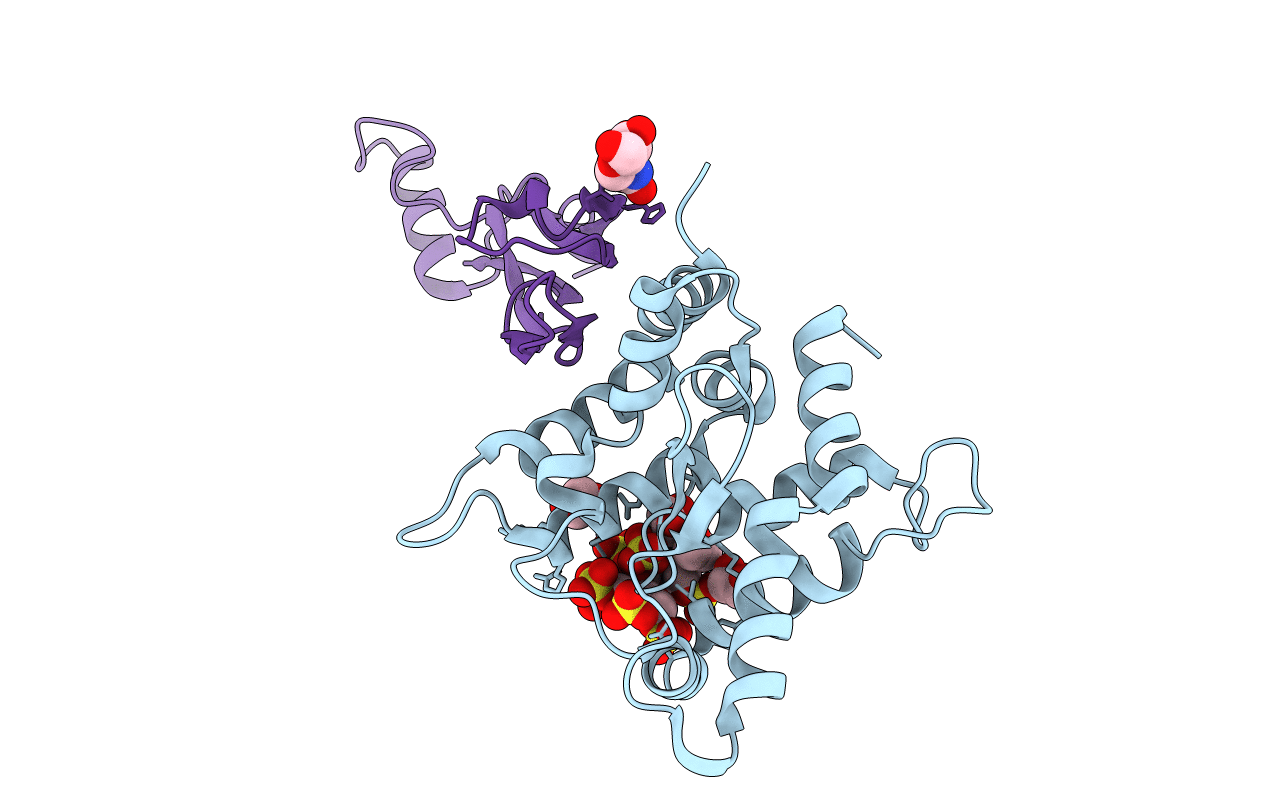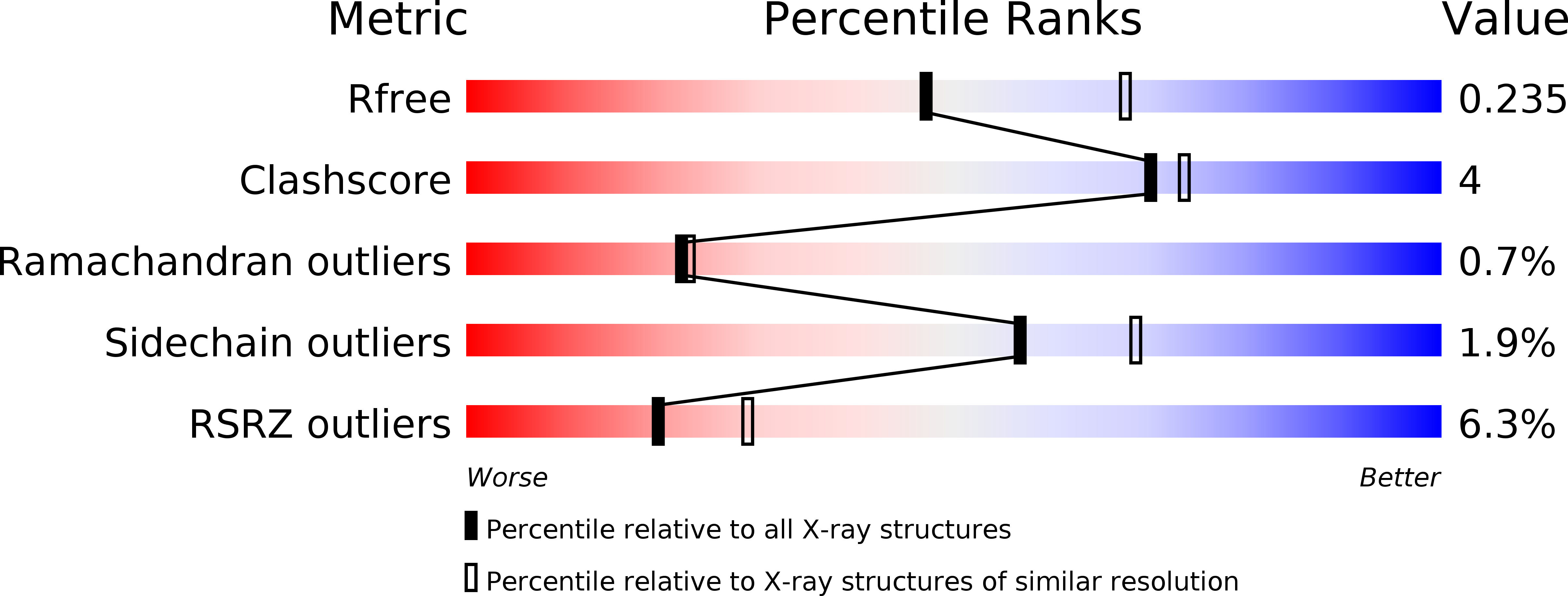
Deposition Date
2008-10-03
Release Date
2008-10-21
Last Version Date
2024-11-13
Entry Detail
PDB ID:
2V5E
Keywords:
Title:
The structure of the GDNF:Coreceptor complex: Insights into RET signalling and heparin binding.
Biological Source:
Source Organism:
RATTUS NORVEGICUS (Taxon ID: 10116)
HOMO SAPIENS (Taxon ID: 9606)
HOMO SAPIENS (Taxon ID: 9606)
Method Details:
Experimental Method:
Resolution:
2.35 Å
R-Value Free:
0.23
R-Value Work:
0.18
R-Value Observed:
0.18
Space Group:
C 1 2 1


